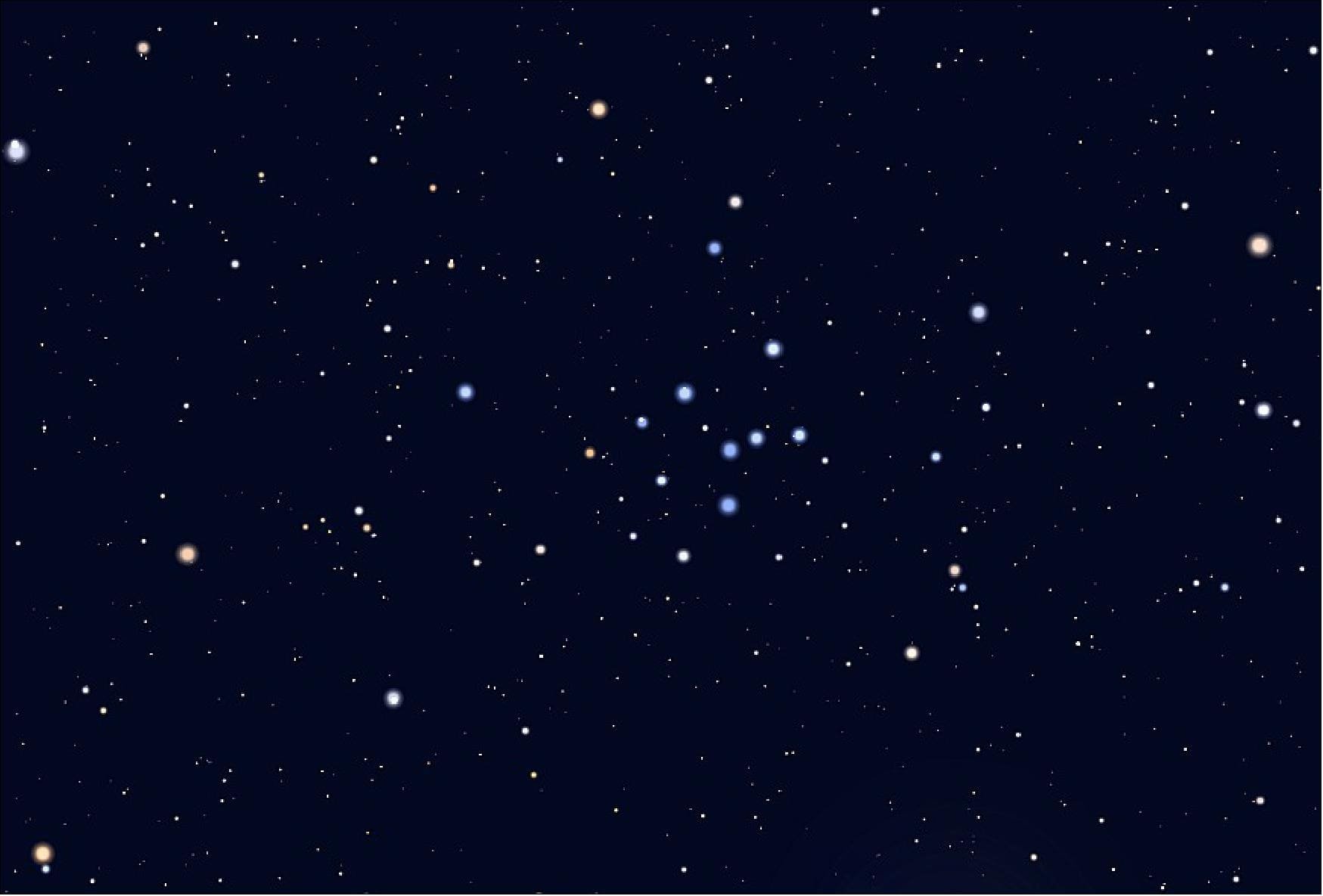
Discovering the Secrets of the Universe's Oldest Stars
The study provides the first framework for understanding extremely metal-poor (XMP) OB stars, key to exploring the early Universe. Using theoretical models, it calibrates stellar properties like temperature and ionizing photon flux, revealing XMP stars are hotter, more compact, and emit more ionizing radiation than their metal-rich counterparts. These findings aid in studying star formation and reionization in distant galaxies.

Exploring the Metal-Poor Stream C-19: A Glimpse into Galactic Formation
The C-19 stellar stream, the most metal-poor known, may originate from a disrupted globular cluster or dwarf galaxy. Researchers confirmed its uniform metallicity and velocity dispersion, challenging existing formation theories. The findings highlight C-19's potential as a key to understanding early galactic evolution.

The Hottest Neptunes: Exploring Planet Formation in Metal-Rich Systems
The study explores "Neptune desert" planets—rare, close-orbiting worlds between Neptune and Saturn in size—and finds they orbit metal-rich stars. These planets likely formed from gas giants that lost their outer layers, as their host stars' metallicities resemble those of hot Jupiter hosts. The findings challenge other formation theories, offering new insights into planetary evolution near stars.

Tracing the Origins of Alpha-Poor, Very Metal-Poor Stars
Alpha-poor very metal-poor stars are rare stars with unique chemical signatures, primarily explained by core-collapse supernova ejecta. Some stars also show contributions from sub-Chandrasekhar Type Ia supernovae. Pair-instability supernovae play a minimal role, highlighting the diversity of processes shaping early cosmic chemical evolution.

Unveiling the Chemical Legacy of the Sagittarius Dwarf Galaxy
The study examines the Sagittarius dwarf galaxy (Sgr dSph), revealing its star formation history and chemical evolution through high-resolution spectroscopy of 111 giant stars. The findings highlight a slower star formation rate compared to the Milky Way, distinct elemental patterns from neutron-capture processes, and contributions from ancient and younger stellar populations. Sgr's evolution offers insights into galactic mergers and enrichment in the Milky Way's halo.

Revealing the Coldest: Investigating the Metal-Poor T and Y Dwarf Populations
The study explores the coldest metal-poor T and Y dwarfs, expanding their optical dataset and refining parallax measurements. It confirms "The Accident" as a Y subdwarf and highlights discrepancies in theoretical models predicting metallicity effects on colors. These findings enhance understanding of ancient stellar populations and inform future atmospheric modeling and surveys.

Unveiling the Secrets of Metal-Poor Stars: Tracing Single Supernova Enrichment
Yutaka Hirai and colleagues used simulations to study mono-enriched stars, which form from a single supernova's ejecta. They found these stars are rare, with higher fractions at lower metallicities, and mostly form early in a galaxy's history near its center. This work provides new insights into early star formation and nucleosynthesis, with future observations expected to confirm these predictions.

Exploring the Origins of the Milky Way: Insights from Metal-Poor Stars
Metal-poor stars are ancient remnants of the early universe, formed from gas enriched by the first stars. Their low metallicity reveals insights into early chemical processes, star formation, and galaxy evolution. Found across the Milky Way and its satellites, they are studied using spectroscopy to uncover their diverse chemical histories, including carbon enhancement and neutron-capture processes. These stars serve as vital tools for exploring the universe's origins and the Milky Way's formation.
